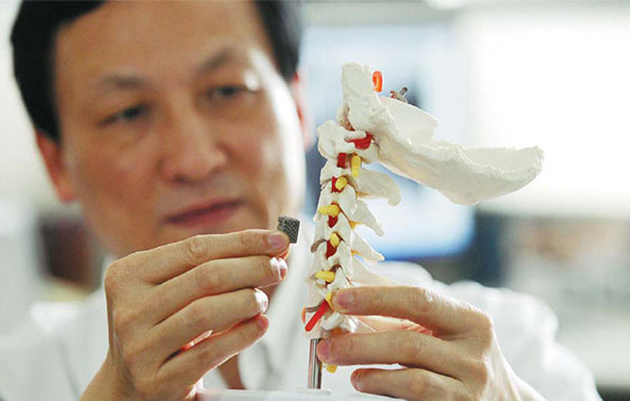
3D-printed implants just got one of their biggest real-world tests to date. Peking University Third Hospital has successfully implanted the first 3D-printed vertebra in a 12-year-old boy with cancer in his spinal cord. The bone substitute is made from titanium powder like many orthopedic implants, but promises to be both safer and longer-lasting than conventional replacements. Since it’s designed to mimic the shape of the child’s original vertebra, it doesn’t need cement or screws to stay in place; healing should go faster, too. The construct is full of small holes that let natural bone grow inside, so it should eventually become a permanent, stable part of the spine that won’t need adjustments at some point down the road.
via Engadget
Image: Peking University Third Hospital





